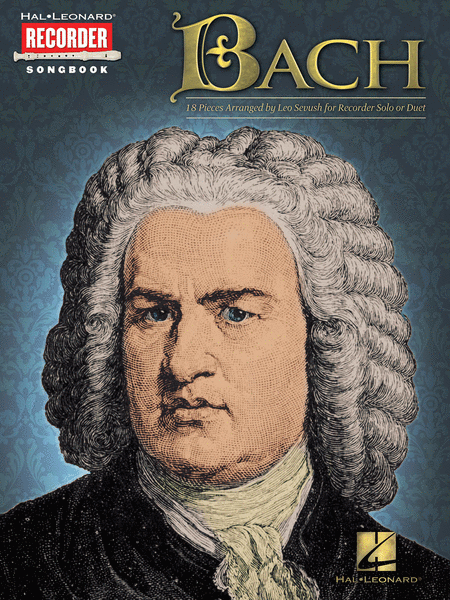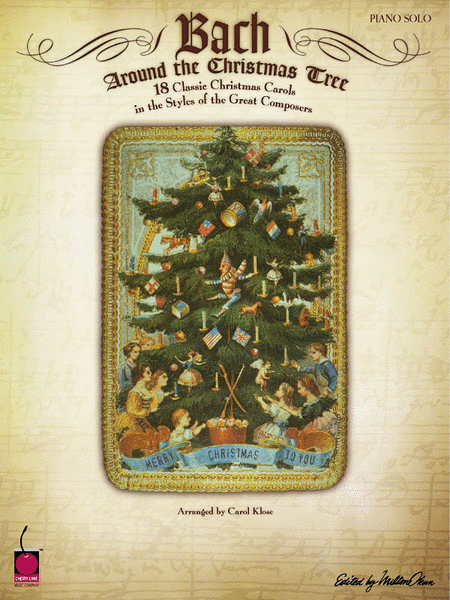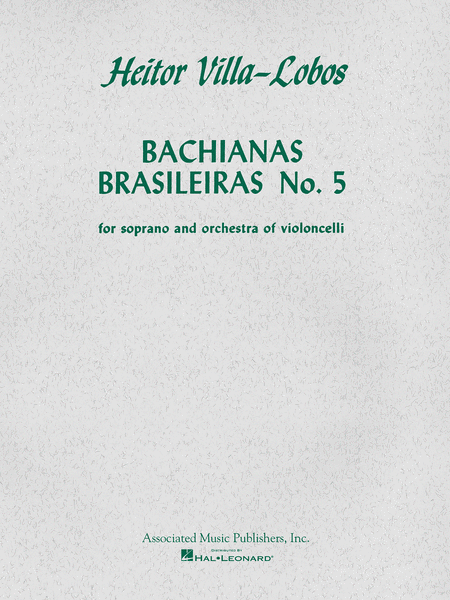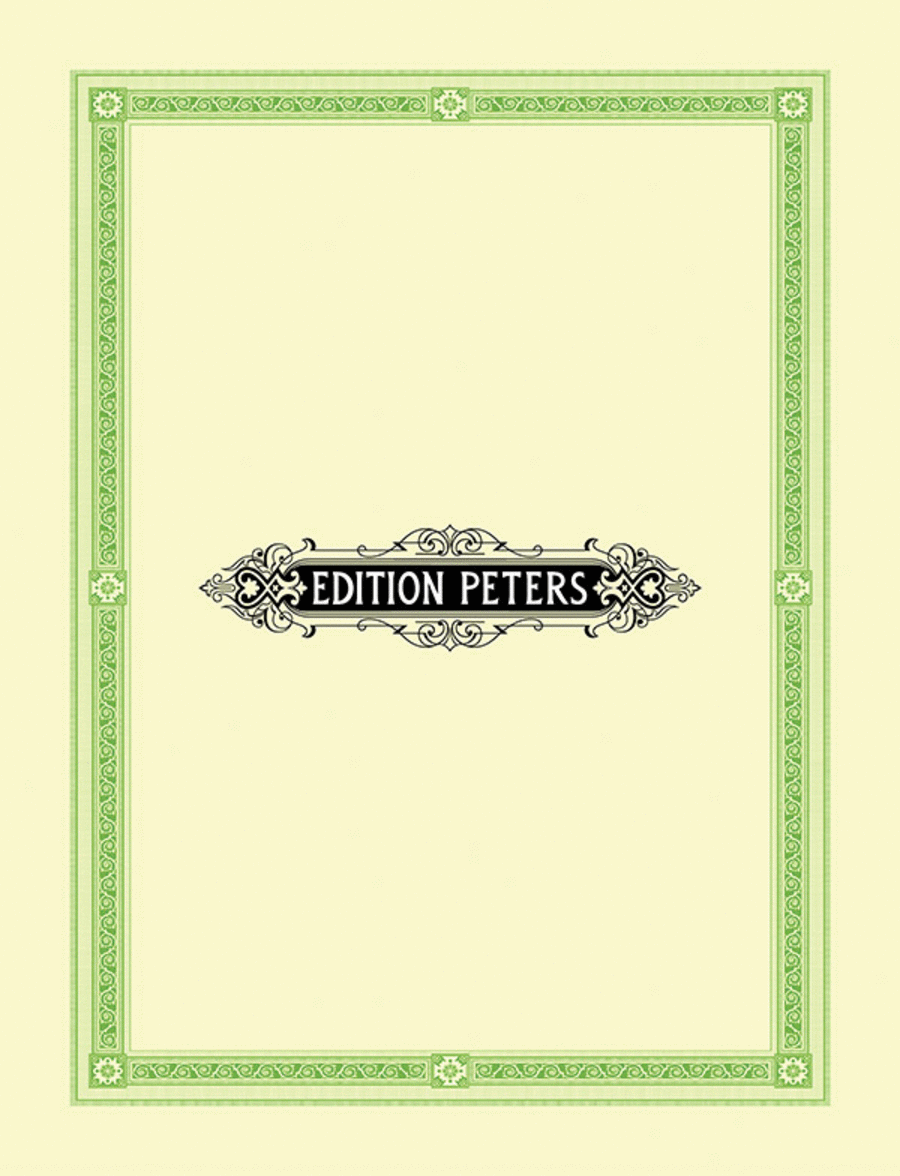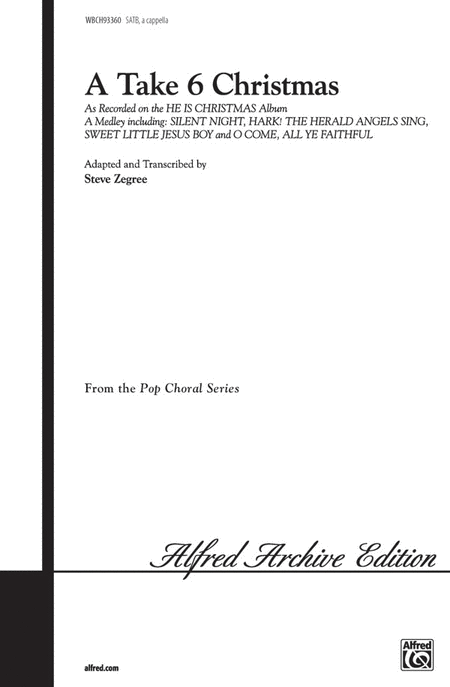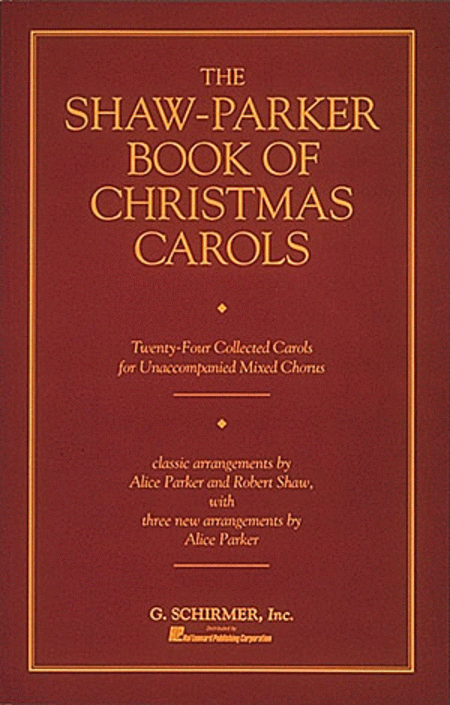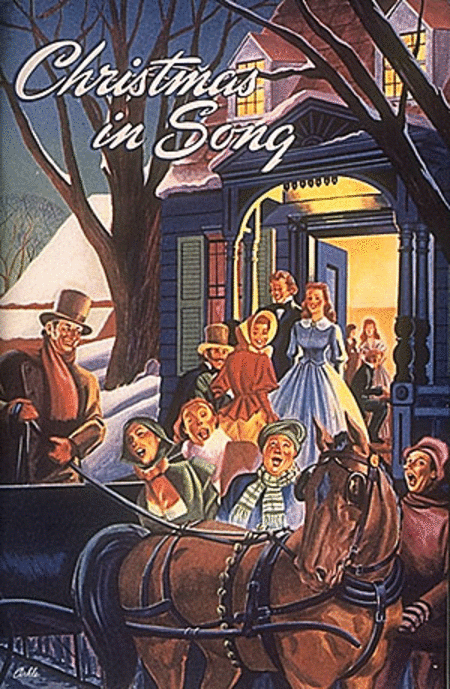Was mir behagt, ist nur die muntre Jagd (The lively
hunt is all my heart's desire), BWV 208, also known as
the Hunting Cantata, is a secular cantata composed in
1713 by Johann Sebastian Bach for the 31st birthday of
Duke Christian of Saxe-Weissenfels on 23 February 1713.
The aria "Schafe können sicher weiden" ("Sheep May
Safely Graze"), is the most familiar part of this
cantata.
It is Bach's earliest surviving secular cantata,
composed while he was employed as court organist in
Weimar...(+)
Was mir behagt, ist nur die muntre Jagd (The lively
hunt is all my heart's desire), BWV 208, also known as
the Hunting Cantata, is a secular cantata composed in
1713 by Johann Sebastian Bach for the 31st birthday of
Duke Christian of Saxe-Weissenfels on 23 February 1713.
The aria "Schafe können sicher weiden" ("Sheep May
Safely Graze"), is the most familiar part of this
cantata.
It is Bach's earliest surviving secular cantata,
composed while he was employed as court organist in
Weimar. The work may have been intended as a gift from
Bach's employer, William Ernest, Duke of Saxe-Weimar,
for his neighbouring ruler, Duke Christian, who was a
keen hunter.
Bach is known to have stayed in Weißenfels in 1713 for
the birthday celebrations. He went on to earn more
commissions from Saxe-Weissenfels, and in 1729, Bach
was appointed Royal Kapellmeister, but this position as
court composer did not require residence at court. The
text is by Salomon Franck, the Weimar court poet, who
published it in Geist- und Weltlicher Poesien Zweyter
Theil (Jena, 1716). As was common at the time, Franck's
flattering text draws on mythological references.
Franck also followed convention in associating good
government with the hunt: the text praises Duke
Christian as a wise ruler as well as a keen hunter. In
reality, the Duke was to prove a spendthrift whose
habits resulted in the financial collapse of his
duchy.
Bach appears to have revived the work a few years after
its original performance, this time in honour of Duke
Ernst-August, the co-ruler of Saxe-Weimar, who was also
a hunter. Bach often re-used music written for
"one-off" occasions, but this cantata is unusual for
the extent to which he recycled it. While he was living
in Leipzig he arranged music from two arias for the
church cantata Also hat Gott die Welt geliebt, BWV 68,
composed in 1725. Also Bach appears to have re-arranged
the music in 1740 for cantata BWV 208a. The score for
this piece is now lost, but the text is an adaptation
of the original cantata to honour the name day of
Augustus III, Elector of Saxony and King of Poland.
here has been speculation that the cantata opened with
a sinfonia (BWV 1046a), which has similar scoring to
the cantata and is an early version of Brandenburg
Concerto No. 1 in F major (BWV 1046). The sinfonia
seems to be intended for more able horn players than
required for the cantata, and may have been composed
later, but it appears in some recorded versions of the
cantata, for example those of Goodman and Suzuki.
Although originally scored for Horns, recorders, oboes,
taille, bassoon, violins, viola, cello, violone, and
continuo, I created this arrangement for my friend
Marianne Gangestad Ervum for Choir (SSA) and Piano.


